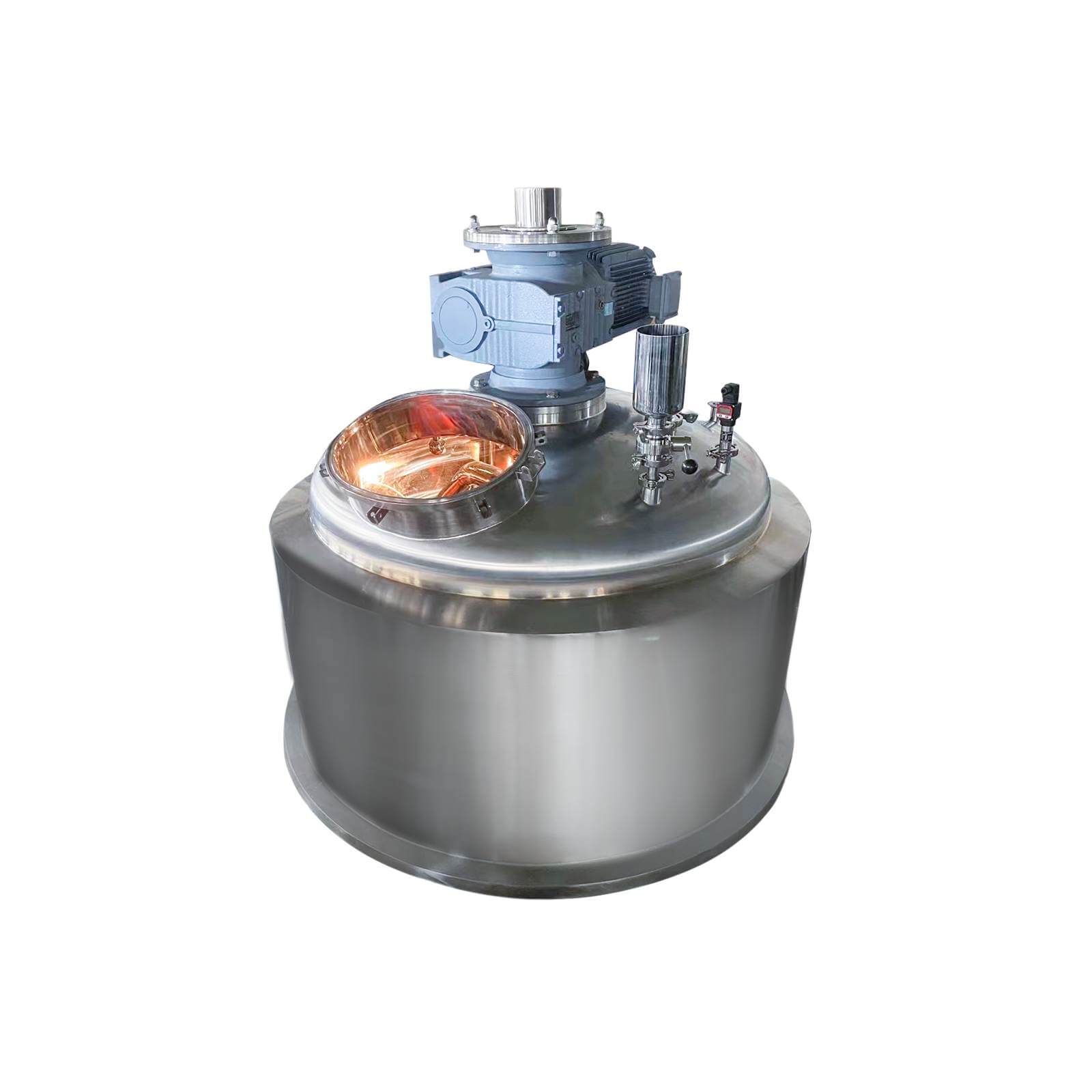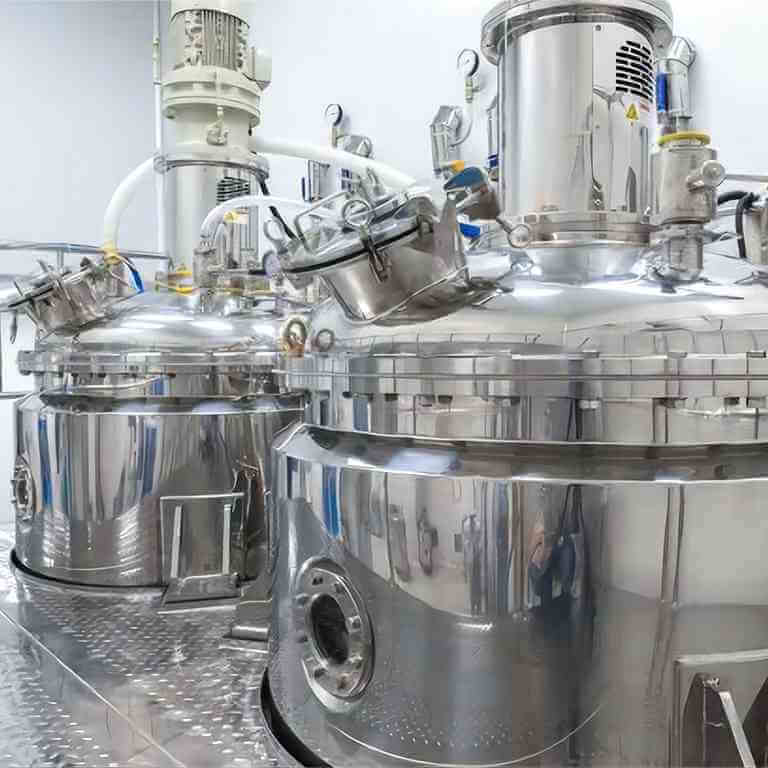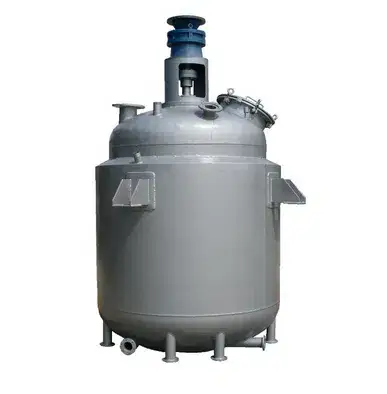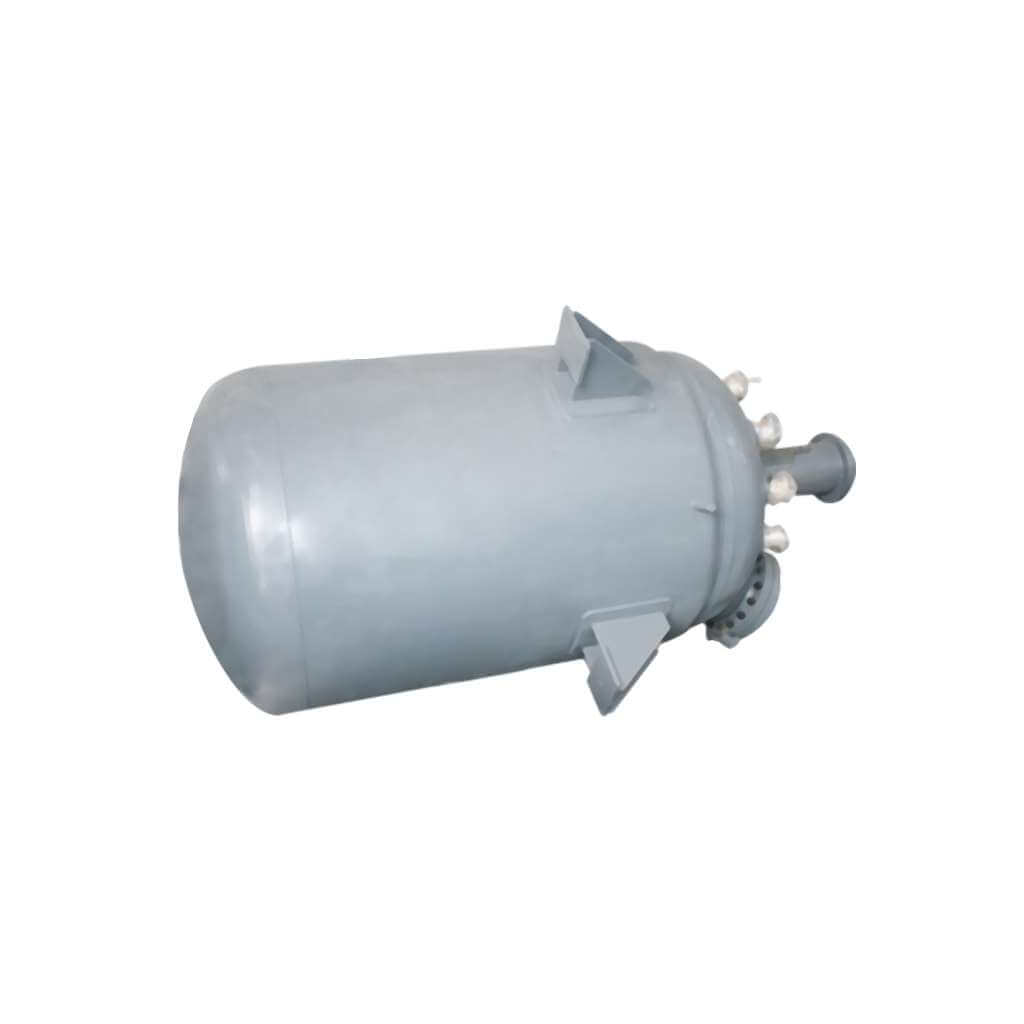

High Pressure Reactor
High-pressure reactor: used in chemical synthesis, catalytic reaction, and other fields
Material
glass, stainless steel (316, 304), carbon steel, others
Capacity (L)
10-10000+
Mixing system
anchor, paddle, frame and others
Heating system
electric heating, oil heating and others
The High-pressure reactor is mainly made of the kettle cover, the kettle body, the strong magnetic coupling stirrer, the high temperature, and high-pressure needle valve, the lower stirring part, the inner cooling coil, the temperature measuring part, the liquid lower pipe, etc.
Request a quoteThe high temperature and high pressure reactor is compact in size and can withstand higher temperatures and pressures. It is mainly used in universities, research institutes, and corporate laboratories, and is suitable for fine chemical industries such as pharmaceuticals, chemical industry, environmental solid waste treatment, and metallurgy. Specifically, such as hydrogenation catalytic reaction, polymerization reaction, supercritical reverse high temperature and high pressure synthesis, etc. At present, high temperature and high pressure reactors are ideal devices for chemical reactions under high temperature and high pressure.

System composition of high temperature and high pressure reactor
1.Pressure vessel
The pressure vessel of a high temperature and high pressure reactor is usually made of stainless steel and can withstand chemical reactions under high temperature and high pressure. Inside the container, a stirrer, a heat exchanger, an air inlet, an air outlet, a liquid inlet and a liquid drain are usually provided.
2.Heating system
The heating system of a high temperature and high pressure reactor usually consists of an electric heater, a heat insulation layer, and a temperature sensor. Commonly used heaters include electric heating rods, electric heating tubes, etc., which can achieve constant temperature heating and temperature control.
3.Stirring system
The stirring system of a high temperature and high pressure reactor usually consists of a motor, a rotating shaft, a stirrer, and a seal. The function of the stirrer is to mix the reactants evenly and speed up the reaction rate.
4.Control system
The control system of high temperature and high pressure reactor usually consists of temperature controller, pressure controller and stirring controller. The control system can monitor and control parameters such as temperature, pressure, and rotation speed through an external display.
Advantages and disadvantages of high temperature and high pressure reactor
Advantages
1.Able to provide high pressure and high temperature environment, suitable for high pressure reactions and high temperature reactions.
2.The material of the high temperature and high pressure reactor is relatively strong and can withstand high pressure and high temperature environments.
3.The stirring method adopts magnetic stirring, which can achieve uniform reaction and improve reaction efficiency.
4.It has good reaction control and temperature control systems to ensure the stable progress of the reaction.
5.The high temperature and high pressure reactor can simultaneously withstand the heating and reaction of liquids, gases and solids under corresponding stress; it can also perform re-separation, sublimation, drying, granulation and other operations according to needs, and has strong integration and comprehensiveness.
6.The fully sealed structure of the high temperature and high pressure reactor causes little environmental pollution, avoids dangers during the reaction process, and has high safety.
7.The high temperature and high pressure reactor is equipped with an intelligent, automated, programmable control system, which can perform functions such as one-click setting, real time monitoring of data, and automated production, saving labor costs and improving the accuracy of reaction data.
Disadvantages
1.The cost of high temperature and high pressure reactors is relatively high and is not suitable for use in small experiments.
2.Compared with ordinary reaction equipment, the maintenance and upkeep costs of high temperature and high pressure reactors are also relatively high.
3.If operated improperly, dangerous accidents such as explosions may occur.

Pressure measurement operation of high temperature and high pressure reactor
1.Connect the nitrogen cylinder to the air inlet of the high temperature and high pressure reactor through a conduit and tighten the relevant screws.
2.Open the main valve and partial pressure valve of the nitrogen cylinder. First adjust the pressure of the partial pressure valve to the pressure required for the experiment, and then open the air inlet valve of the high temperature and high pressure reactor to slowly fill the gas into the high temperature and high pressure reactor.
3.When the pressure value displayed in the high temperature and high pressure reactor is the same as the set pressure on the nitrogen bottle and no longer changes, sequentially close the air inlet valve of the high temperature and high pressure reactor and the outlet valve of the nitrogen bottle. Record the pressure value displayed by the high temperature and high pressure reactor, and observe whether the pressure changes after half an hour.
In short, the high temperature and high pressure reactor is a very commonly used experimental equipment to achieve high temperature and high pressure chemical reactions and high precision preparation. Its complex design enables it to meet a variety of different types of reactions, while its efficiency and precision also make it one of the preferred equipment in the industry. However, you need to pay attention to issues such as safety and maintenance. In the experiment, we need to select a suitable high temperature and high pressure reactor according to the specific requirements of the experiment, and at the same time conduct reasonable experimental operations to ensure the stable progress of the reaction.




